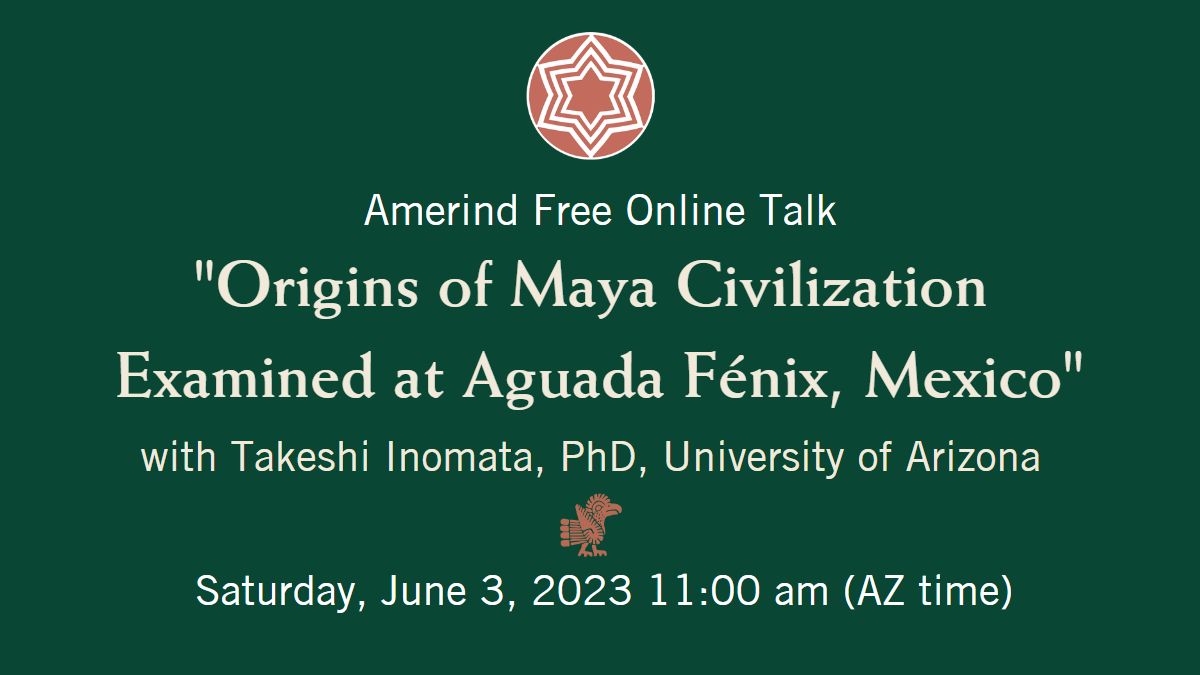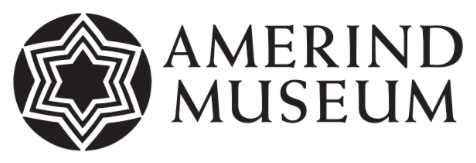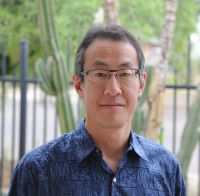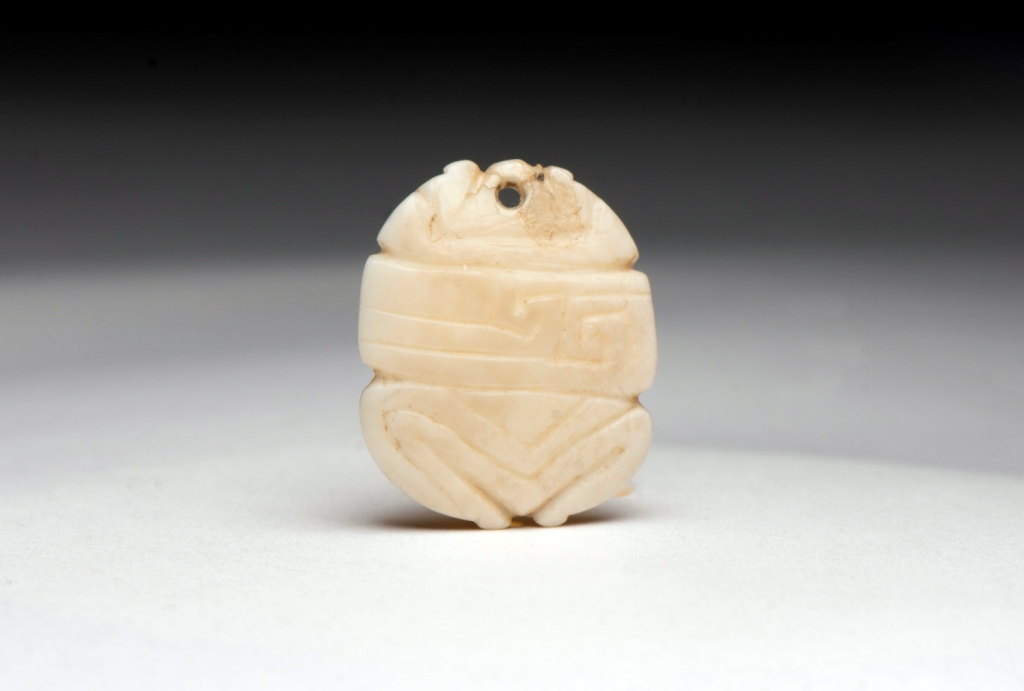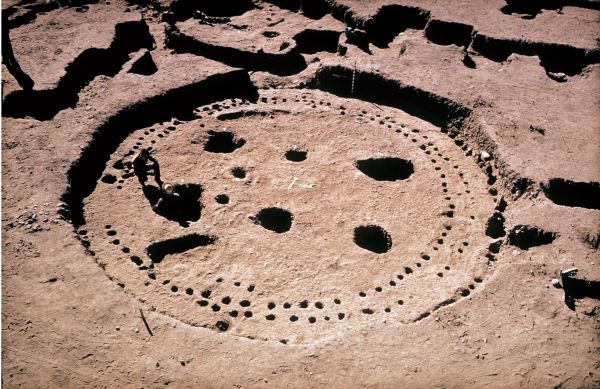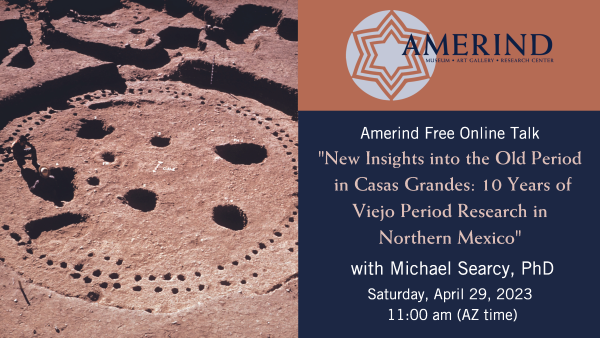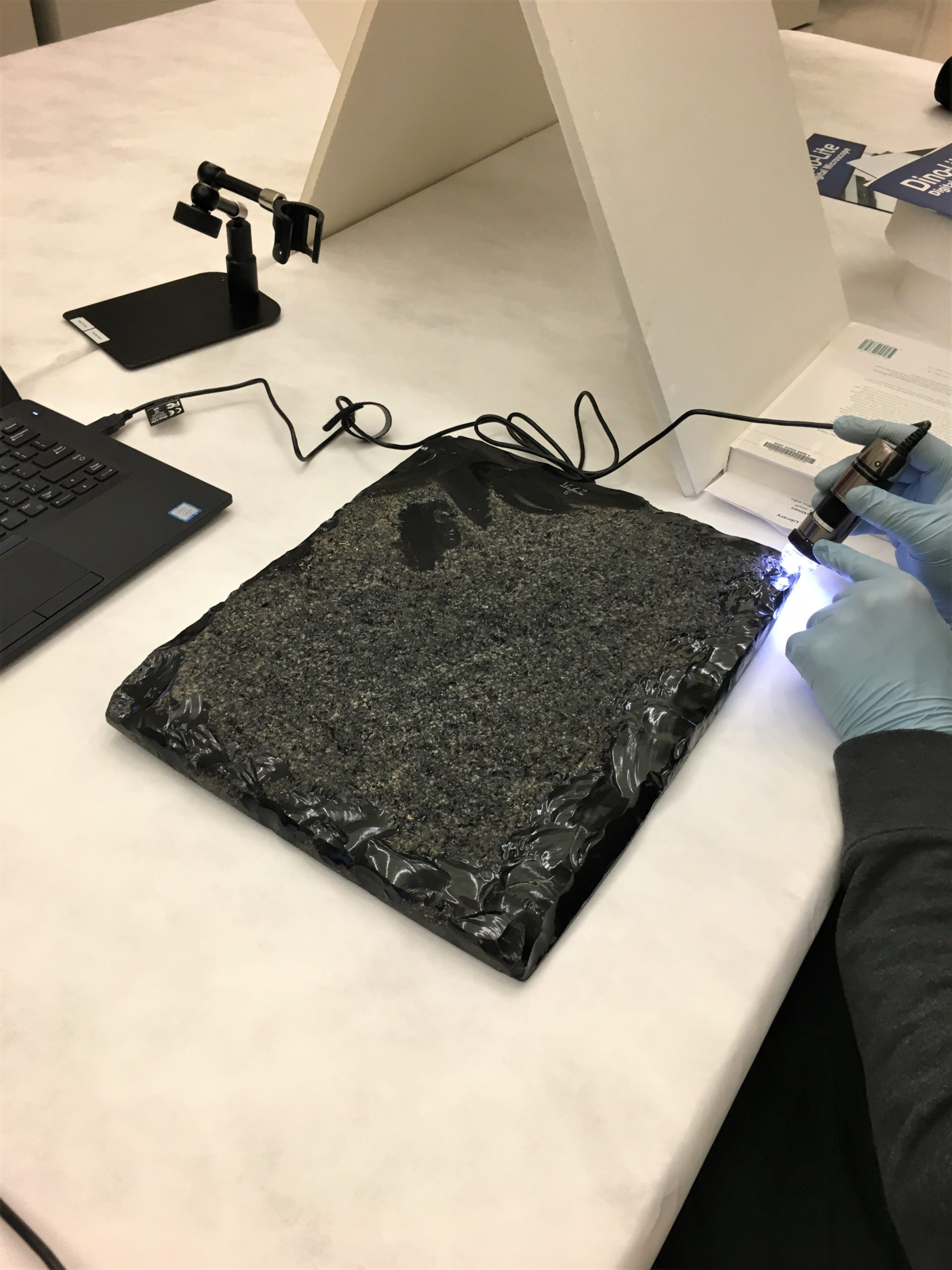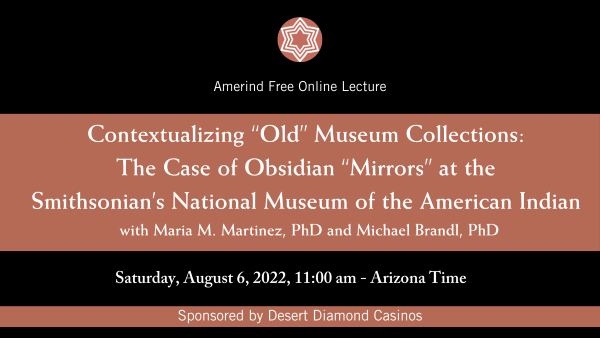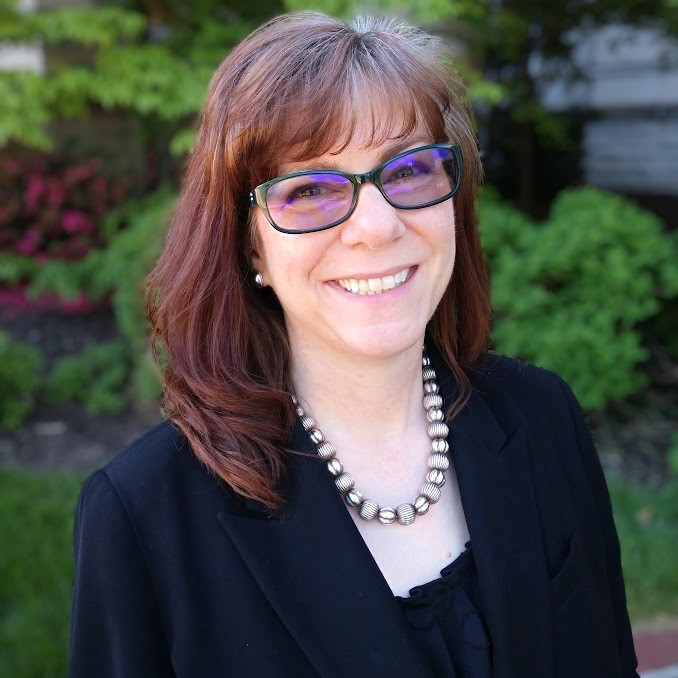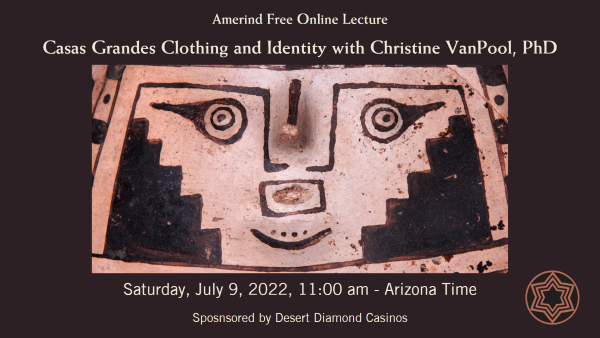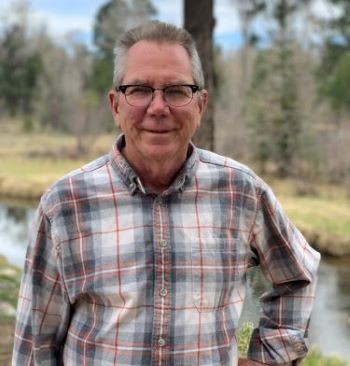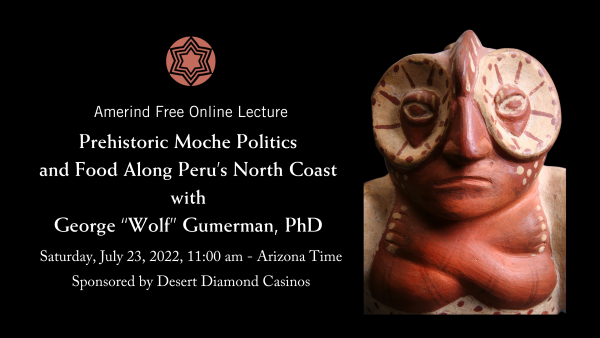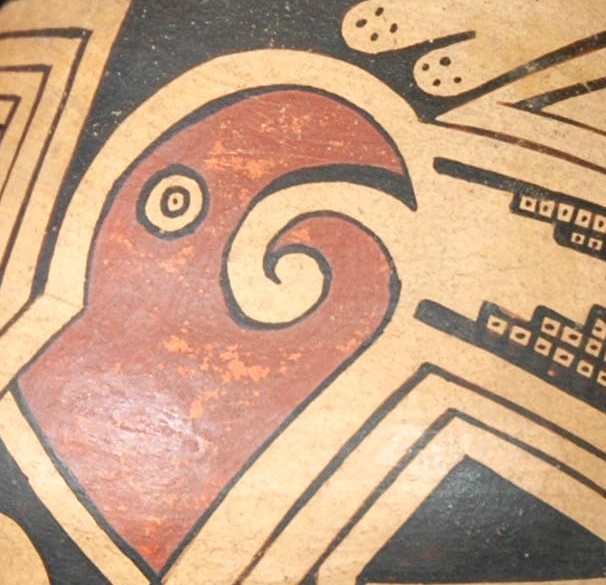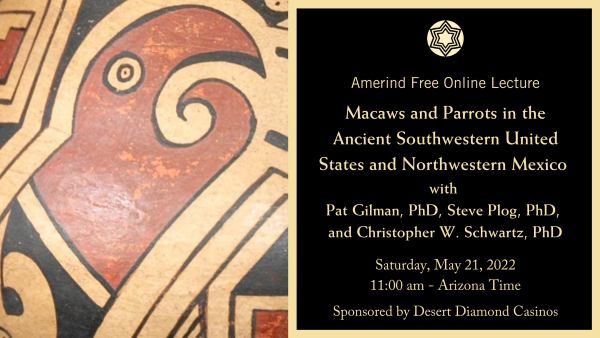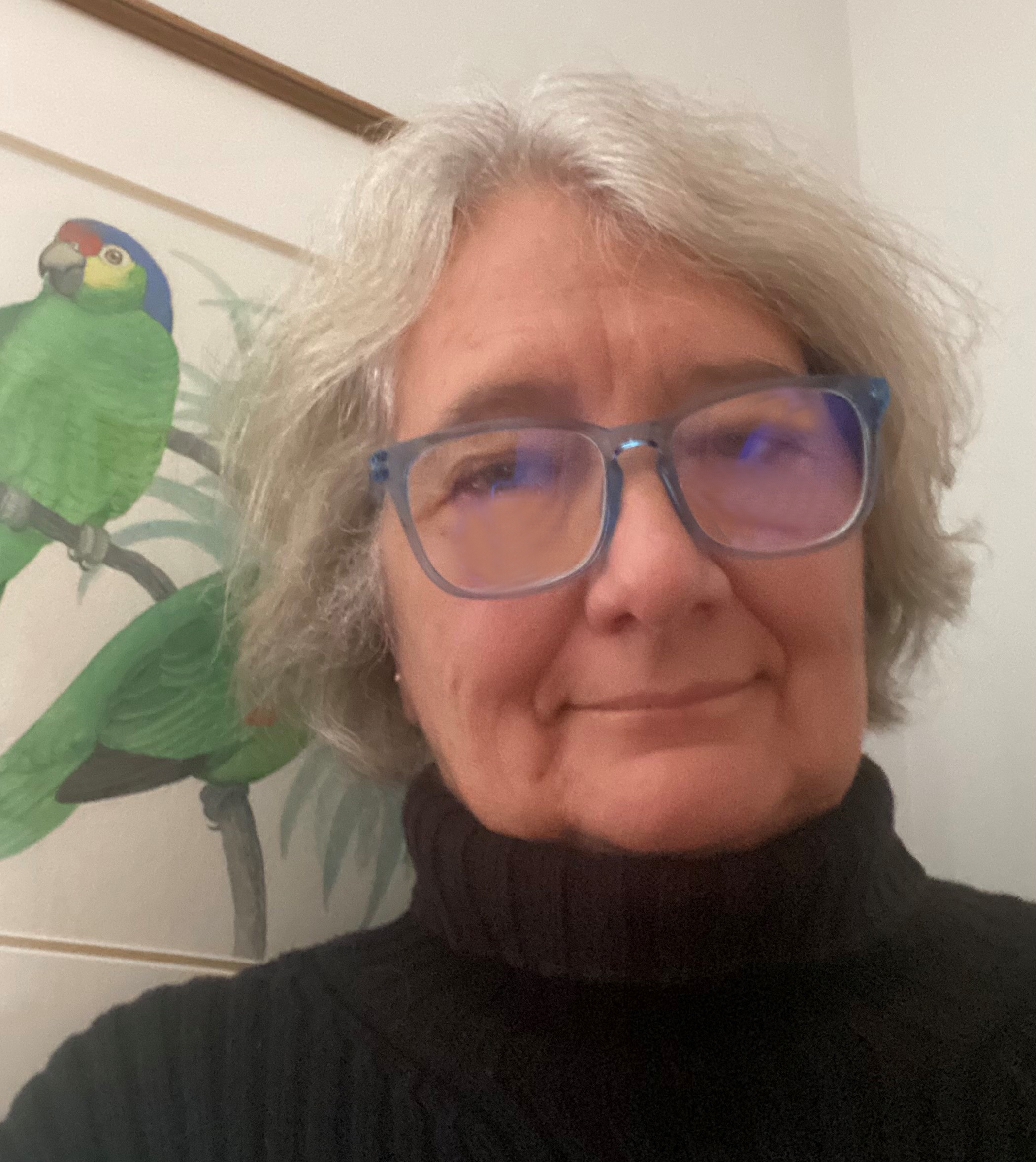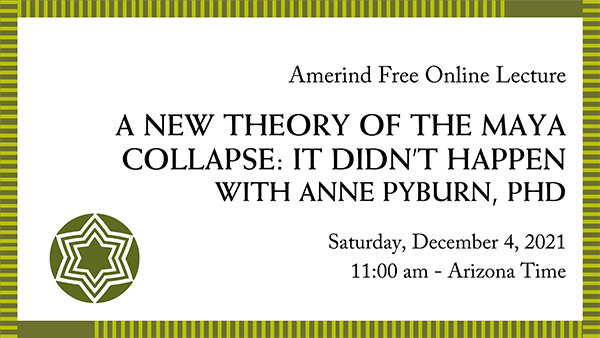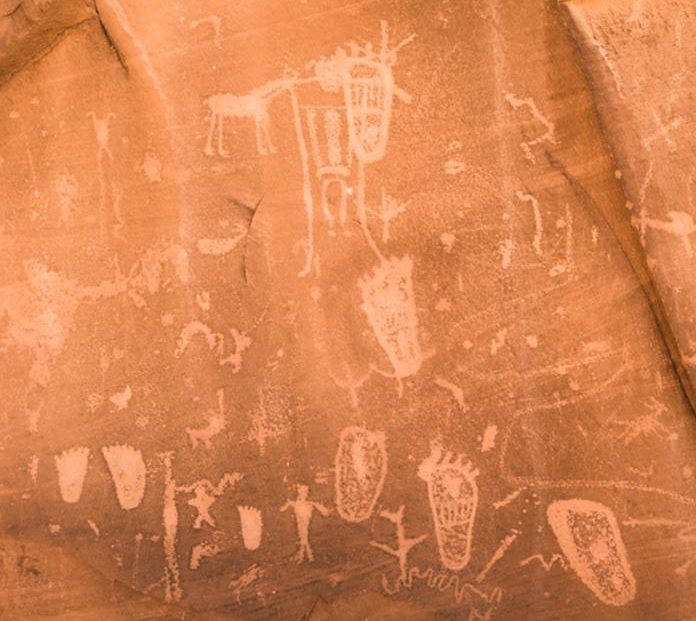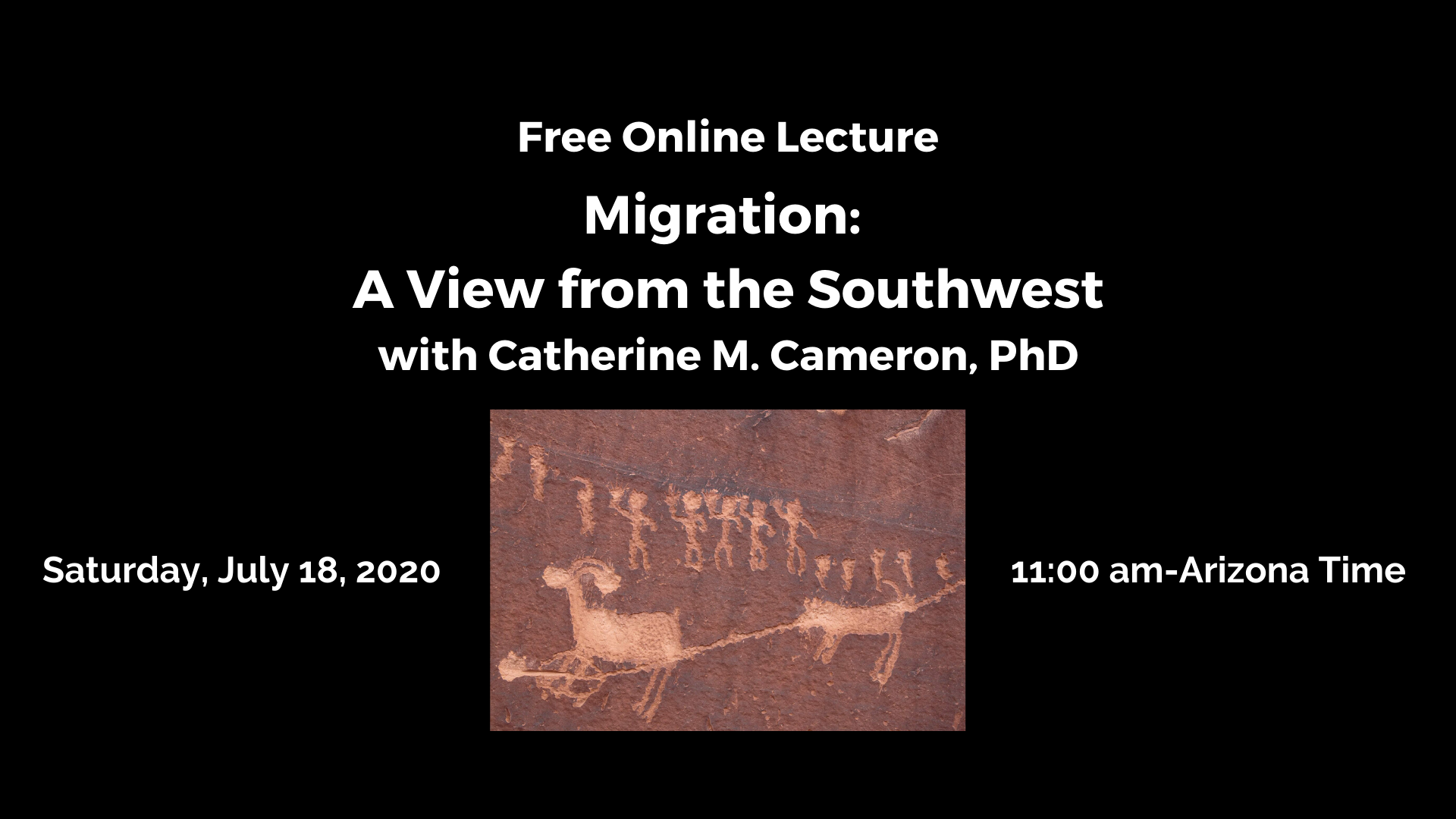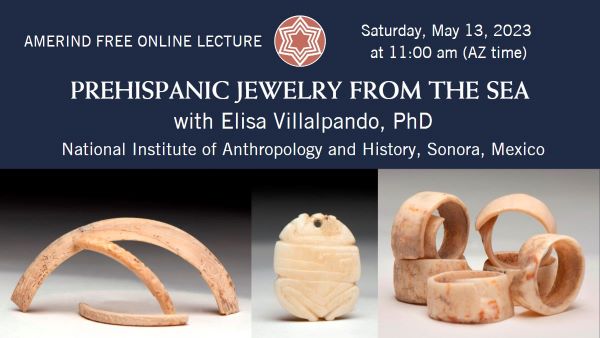
Amerind Free Online Lecture
Prehispanic Jewelry from the Sea with Elisa Villalpando, PhD
Saturday, May 13, 2023, 11:00 am – Arizona Time
Since very ancient times, people have transformed all sort of objects into personal ornaments to denote differences in rank, gender, age, or simply to embellish themselves. These objects are not only carried in life, but often accompany individuals after death, or are offered by the mourners when performing funerary rituals.
Among the pre-Hispanic societies of Northwestern Mexico/Southwestern United States, most of these ornamental objects were made from pelecypods and gastropods collected from the Gulf of California and the Pacific Ocean.
In this talk I will focus on the ornamental use of shell among the Early Agriculture Period communities of the Sonoran Desert (800 BC-50 AD) and how same species could be transformed over time to become more sophisticated ornaments, highlighting the differences in manufacturing techniques and styles that allow archaeologist to associate shell jewelry with different archaeological traditions. I will emphasize with some examples of shell jewelry from the Trincheras tradition of northwest Sonora, collected at its regional center in the middle Magdalena Valley: Cerro de Trincheras, in the Late Pre-hispanic Period (AD 1200-1450).
Elisa Villalpando was born in Baja California Sur, graduated as an archaeologist from the Escuela Nacional de Antropología e Historia (ENAH) in 1984, and the Centro de Estudios Históricos de El Colegio de México (COLMEX) in 1992.
Has participated and directed archaeological projects for Instituto Nacional de Antroplogía e Historia (INAH) in Sonora since 1979, initially on hunter-gatherers and fishermen at San Esteban and Tiburón islands in the Gulf of California and the Sonoran coast, and later leading binational projects on Early Agriculture Period communities and trincheras´prehistoric settlements of the Sonoran Desert.
Is the author of numerous articles and some books on these topics, and has organized several symposiums and exhibits across the Arizona-Sonora border. She directed Cerro de Trincheras’ opening as a site for public visit in 2011, working with local community in public archaeology. She has produced museum scripts and curatorship for Cerro de Trincheras’ visitor’s center and for INAH’s Regional Museum of Sonora. As a result of the the experience of collaborating in the design of exhibits and the interpretive trail in the archaeological zone, she is interested in the accessibility and inclusion of all people to cultural heritage.
She is currently a member of Society for American Archaeology, Arizona Archaeological Historical Society, Amerind Museum Board of Directors, Sociedad Mexicana de Antropología, and recently, Consejo de Museos y Exposiciones INAH. Has been awarded international recognition for her work in the diffusion of archaeological knowledge of northwestern Mexico on both sides of the border.
To register for this free online event, visit: https://bit.ly/Amerindonline04292023Villalpando
